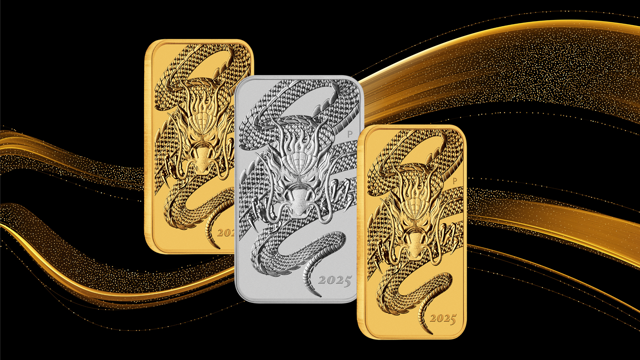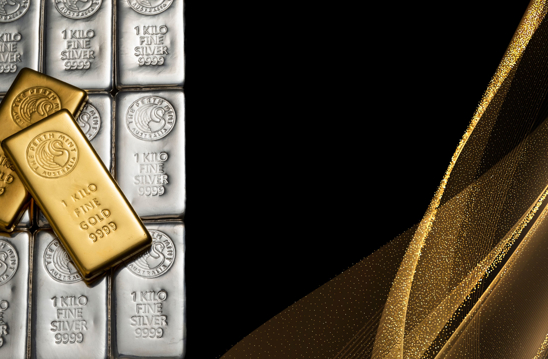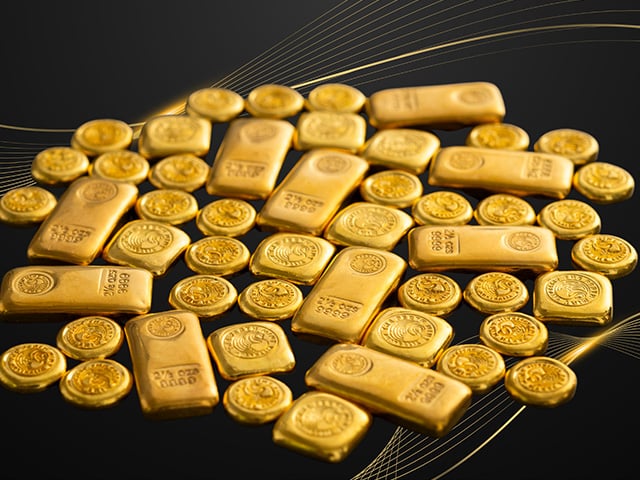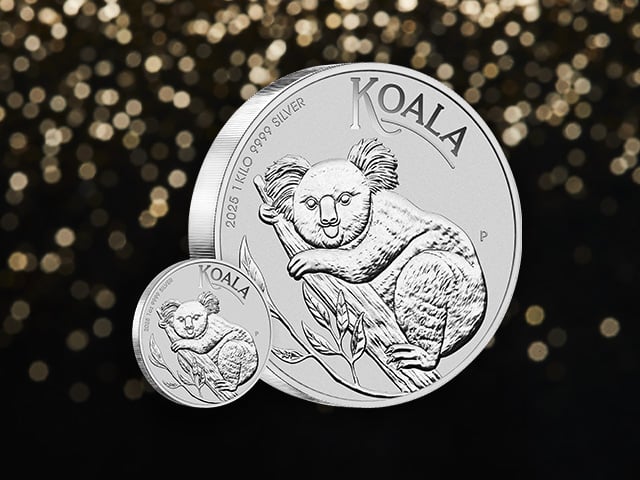2020 has been great for gold - 2021 could be even better
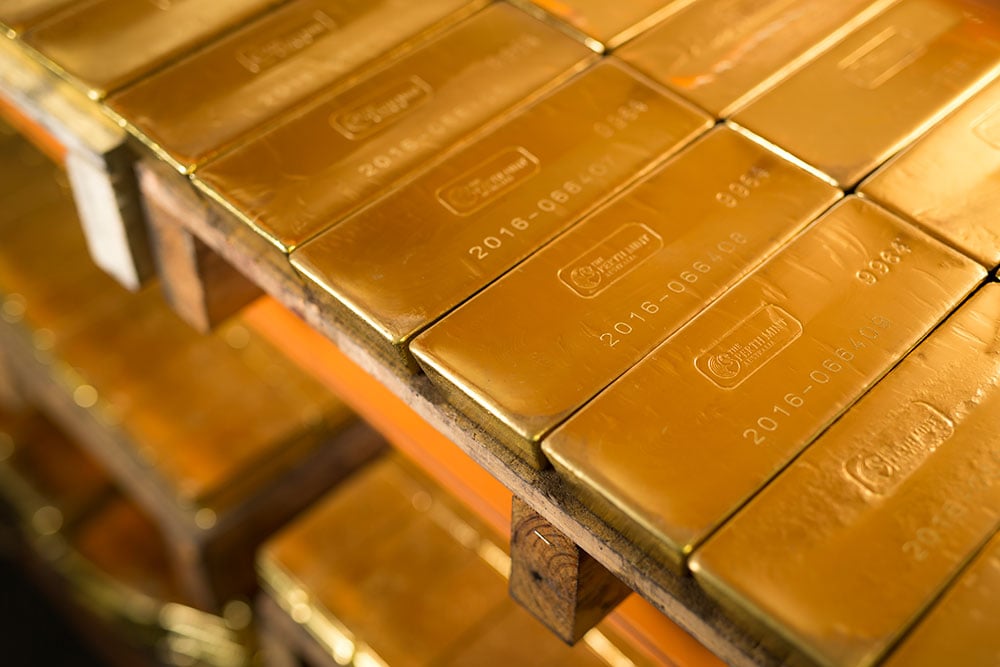
With a new US president, a vaccine being rolled out and trillions in economic stimulus on the cards, what could this year hold for the gold price?
The gold market had a bumper year in 2020. The precious metal rebounded sharply from a seven-month low in March to breach USD2,060 per troy ounce in August – an all-time high.
Even though prices consolidated to finish the year at around USD1,850, the USD gold price in 2020 increased more than 25 per cent, its best annual return since 2010.
But predicting what will happen to the gold price in 2021 is a challenge, to put it mildly.
Just as almost no one would have expected 2020 to shape up the way it did, there are big unknowns this year, from the success of the rollout of the coronavirus vaccine to the transition of power in the US to whether whole sectors of major economies manage to restart.
“Gold has multiple drivers of demand,” says Manager, Listed Products and Investment Research at The Perth Mint, Jordan Eliseo.
“So whilst we in the West tend to buy it as an investment hedge, in the East, it can be a procyclical store of wealth, or a display of wealth correlated to rising incomes.
“There are always different factors that influence how well gold will perform.”
Traditionally, there are four main factors that have underpinned the success or otherwise of gold, and it is worth looking at how they shape up this year.[1]
Wealth and economic expansion
It’s often argued that gold has an inverse relationship with the stock market, and to an extent that is true for the New York Stock Exchange.
But economic expansion, particularly in emerging markets, is also a positive for gold demand and price, with gold used to hedge against inflation.
Recent years have seen gold demand move east, with the expanding middle classes in countries like India and China increasing their demand for gold in the form of jewellery and technology.
The two countries normally account for more than half [2] the globe’s consumer demand, according to the World Gold Council, butbacked away from purchases [3] in early 2020 as the pandemic and lockdowns — and high gold price — began to bite.
A big question remains as to whether and how quickly that demand recovers. Fortunately, the gold price is not usually correlated with a fall in consumer demand, Mr Eliseo says.
“Consumer demand falling won't suppress the gold price, but the gold price rising might suppress consumer demand,” he says.
“Last year is a good example — demand in India and China fell, given the impact of COVID-19, but the gold price had its best year in US dollar terms in a decade.
“We see a much stronger impact on the price from the investment demand in the West.”
Market risk and uncertainty
The second driver of demand is the hedge against market risk.
Gold is the safe haven of choice in a period of market uncertainty, and it has long been seen as a store of wealth that provides greater security.
As fears grew in 2020 over the pandemic, a corresponding rise was seen in the gold price with gold backed by investors [4] seeing it a safer bet than other assets.
Mr Eliseo says the relationship between gold and stock markets is more complicated than a simple inverse relationship, however, and underscores the value of gold to diversify a portfolio.
“Gold is positively correlated to stock markets when they rise, so the price tends to rise alongside the stock market, but it's negatively correlated to the stock market when the stock market falls,” he says.
“The price will also rise when the stock market's going down.
“Now, it doesn't go up as much in a strong market but the beauty of gold is that when the market declines, gold will still perform.”
Opportunity cost
The third driver is opportunity cost. This is the term given to the decision to invest in one asset which in turn means that investment isn’t being made in another — potentially a safer option or one with higher returns.
Gold is positively correlated with the price of other safe assets like treasury bonds, and — since bullion does not pay dividends — it is negatively correlated with bond yields.
The opportunity cost of investing in gold is reduced in a low interest rate environment, and it is hard to see interest rates rising as governments try to restart their economic engines.
Momentum and positioning
The final driver is less of an economic feature and more a matter of psychology. The momentum of the gold price tends to be amplified as climbing bullion grabs headlines.
Higher prices tend to beget greater investment as we have seen with Bitcoin, while investment banks and institutions will increase their exposure if they feel the returns and security are there.
What might be in store for the price of gold for the rest of 2021?
The gold price corrected in late 2020 after its big run but many analysts predict it has the potential to increase again during 2021 if the global economy experiences setbacks.
The wildcard in all of this is, of course, the pandemic of COVID-19 and how it plays out internationally in 2021.
If the various vaccinations are successful and accessible, and countries can contain the coronavirus and its mutations, it is possible that investors will allocate funds towards a higher proportion of risk assets, which may be to the short term detriment of the gold price.
However, if the coronavirus situation isn’t under control, traders will continue to seek shelter in safe-haven assets, and gold prices will likely maintain current highs or even move higher.
Speaking to The West Australian recently, broker Ian Hartley said he saw the price of gold stabilising around current levels but added that short term spikes were possible if economic conditions deteriorated markedly.[5]
Davide Bosio, quoted in the same article, was more bullish, saying that central bank stimulus was the key theme for 2021 and would be a key fundamental driver of strength in the gold sector.
He anticipated the start of a “significant and sustained” bull market for gold, with prices above USD2,000 on the horizon, and predicted it to reach new highs during the year.
Other than the ongoing uncertainty caused by COVID-19, and the new virus variants, gold may also benefit from political instability in the US, the direction of the US dollar, negative fallout from the UK Brexit and ongoing sabre rattling from China around trade with Western economies.
Gold is always well supported when investors are concerned about stock market falls, declining currency values, or rising inflation.
For example, on 23 June 2016, gold prices surged when the United Kingdom voted to leave the European Union. The price moved from USD1,256.50 (AUD1681.38) as polls closed on the evening of the Brexit vote, to USD1,336.66 (AUD1788.25) in just six hours. Investors bought gold as a hedge against a declining euro and British pound.[6]
The new US administration could also have an impact.
“The long-term history of the gold price tells us that irrespective of who is in the White House, the price of gold has increased by around 10% per annum, whether it's a Republican or a Democrat,” Mr Eliseo says.
“However, in environments where Democrats control Congress, which they do now, the average return on gold has been closer to 20% per annum[7], based on historical analysis between the 1970s and last year.”
The big four Australian banks all predict the Australian dollar will be stronger in 2021 compared with its US counterpart to average above USD0.75, about 5 cents higher than in 2020. The Australian gold price benefits from a weaker AUD, but our local currency is forecast to be buoyed by Federal Government stimulus spending, the Reserve Bank of Australia’s bond buying program and its reluctance to move towards negative official interest rates.
The USD may also benefit from stimulus spending by the Biden administration, which would offset any AUD gains.
One final factor when considering gold price over 2021 is physical demand for gold, particularly if the appetite among consumers rebounds. Here again, the overall picture is one that should support the gold price over the year.
Physical demand for gold in China is expected to increase in 2021 as its economy recovers and stimulus measures increase domestic consumption.
India, the other major physical gold market, does not look as positive at this stage. Because of the country’s slower emergence from COVID-19, economic recovery is likely to be hampered in 2021.
Despite 2020 being a very strong year for gold, there is enough evidence to suggest ongoing volatility and uncertainty will support the gold price throughout 2021.
SOURCES
[1] https://www.gold.org/goldhub/research/outlook-2021
[2] https://www.gold.org/about-gold/gold-demand/geographical-diversity
[3] https://www.ft.com/content/8a53dbaf-8210-4c60-8753-e3018fa1b1e1
[4] https://www.kitco.com/news/2021-01-13/Gold-market-saw-record-ETF-inflows-in-2020-WGC.html
[6] https://www.theguardian.com/business/2016/jun/24/gold-jumps-22-percent-eu-referendum-vote
[7]http://www.perthmintbullion.com/au/Blog/Blog/20-11-11/Republican_or_Democrat_does_it_matter_for_gold.aspx
DISCLAIMER
Past performance does not guarantee future results. The information in this article and the links provided are for general information only and should not be taken as constituting professional advice from The Perth Mint. The Perth Mint is not a financial adviser. You should consider seeking independent financial advice to check how the information in this article relates to your unique circumstances. All data, including prices, quotes, valuations and statistics included have been obtained from sources The Perth Mint deems to be reliable, but we do not guarantee their accuracy or completeness. The Perth Mint is not liable for any loss caused, whether due to negligence or otherwise, arising from the use of, or reliance on, the information provided directly or indirectly, by use of this article.










